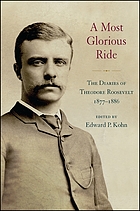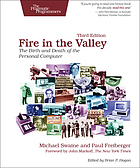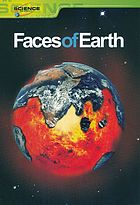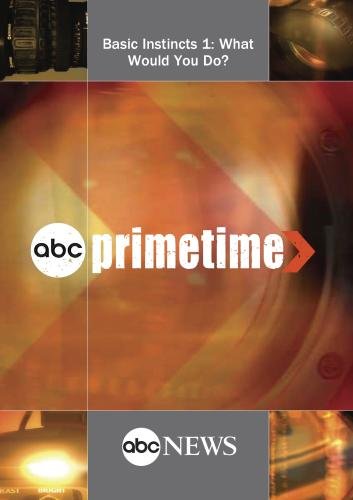Did you know that Langsdale Library offers a list of all of our
newest materials? We do! Each month we'll post an update letting you
know about a few select titles, but there are far too many to mention
here so be sure to check out our comprehensive online
list. There is an RSS feed to the list, so you can subscribe and be updated when new materials get listed each month.
New materials at Langsdale:
 |
|
A Most Glorious Ride presents the complete diaries of Theodore
Roosevelt from 1877 to 1886. Covering the formative years of his life,
Roosevelt's entries show the transformation of a sickly and solitary
Harvard freshman into a confident and increasingly robust young adult.
He writes about his grief over the premature death of his father, his
courtship and marriage to his first wife, Alice Hathaway Lee, and later
the
death of Alice and his mother on the same day. The diaries chronicle his
burgeoning political career in New York City and his election to the
New York State Assembly. With his descriptions of balls, dinner parties,
and nights at the opera, they offer a glimpse into life among the
Gilded Age elite in Boston and New York. They also recount Roosevelt's
first birding and hunting trips to the Adirondacks, the Maine woods, and
the American West. Ending with Roosevelt's secret engagement to his
second wife, Edith Kermit Carow, A Most Glorious Ride provides an
intimate look into the life of the man who would become America's
twenty-sixth president. Brought together for the first time in a single
volume, the diaries have been meticulously transcribed, annotated, and
introduced by Edward P. Kohn. Twenty-four black-and-white photographs
are also included. | | | |
 |
|
Overview: In the 1970s, while their contemporaries were protesting
the computer as a tool of dehumanization and oppression, a motley
collection of college dropouts, hippies, and electronics fanatics were
engaged in something much more subversive. Obsessed with the idea of
getting computer power into their own hands, they launched from their
garages a hobbyist movement that grew into an industry, and ultimately a
social and technological revolution. What they did was invent the
personal computer: not just a new device, but a watershed in the
relationship between man and machine. This is their story. Fire in the
Valley is the definitive history of the personal computer, drawn from
interviews with the people who made it happen, written by two veteran
computer writers who were there from the start. Working at InfoWorld in
the early 1980s, Swaine and Freiberger daily rubbed elbows with people
like Steve Jobs and Bill Gates when they were creating the personal
computer revolution. A rich story of colorful individuals, Fire in the
Valley profiles these unlikely revolutionaries and entrepreneurs, such
as Ed Roberts of MITS, Lee Felsenstein at Processor Technology, and Jack
Tramiel of Commodore, as well as Jobs and Gates in all the innocence of
their formative years. This completely revised and expanded third
edition brings the story to its completion, chronicling the end of the
personal computer revolution and the beginning of the post-PC era. It
covers the departure from the stage of major players with the deaths of
Steve Jobs and Douglas Engelbart and the retirements of Bill Gates and
Steve Ballmer; the shift away from the PC to the cloud and portable
devices; and what the end of the PC era means for issues such as
personal freedom and power, and open source vs. proprietary software. |
 |
| Uncover the deep mysteries of our planet with top geologists. Using
state-of-the-art computer animation and stunning photography, four
in-depth, compelling programs explore how these forces shape the Earth
and how the Earth has shaped human evolution. |
 |
|
Part 1 explores how people react - or choose not to act or react - to
situations that drive us all crazy ; like people talking on their cell
phones too long, out of control kids, out of control grown-ups,
situations that cry out for action, and the question becomes : "What
would you do?" In Part 2, a socialite, a businessman, a boxer from the
inner city and a Broadway dancer - four people with completely different
lives connected by nothing - accept Primetime's six degrees of
separation challenge. The program explores whether these total strangers
can be linked to one another through a human chain of friends and
acquaintances across social, racial and geographic barriers. In Part 3,
game theory was tested in two experiments. In one experiment six teams
are challenged to find each other in Washington, D.C. In the other
experiment, people had to lose 15 pounds in two months or risk public
humiliation. In Part 4, again the question is asked, What would you do?
How will people react to bullies ganging up on an innocent kid or a
couple fighting in the park? Will dressing the bullies tougher or
changing the race of the fighting couple affect how people respond? What
will people do when they see a stranger who has had too much to drink
attempt to get in a car? Will it make a difference when it's a mom with
her children? When customers at a deli get back too much money from a
cashier, will they say anything? Then, how will passengers handle a taxi
driver who goes on an extensive racist rant filled with hateful ethnic
slurs? Finally, in Part 5 Primetime re-created a famous experiment, The
Milgram Experiment, to understand how ordinary people can perform
unthinkable acts. Would ordinary people today still follow orders even
if they believed their actions were causing someone else pain? |
These are just a few of the many new books, movies, and games at your Langsdale Library. To see the complete listing of
new materials check out our list
right here! If you want to receive updates when new materials get listed each month, you can subscribe to the list through the RSS feed.




No comments:
Post a Comment